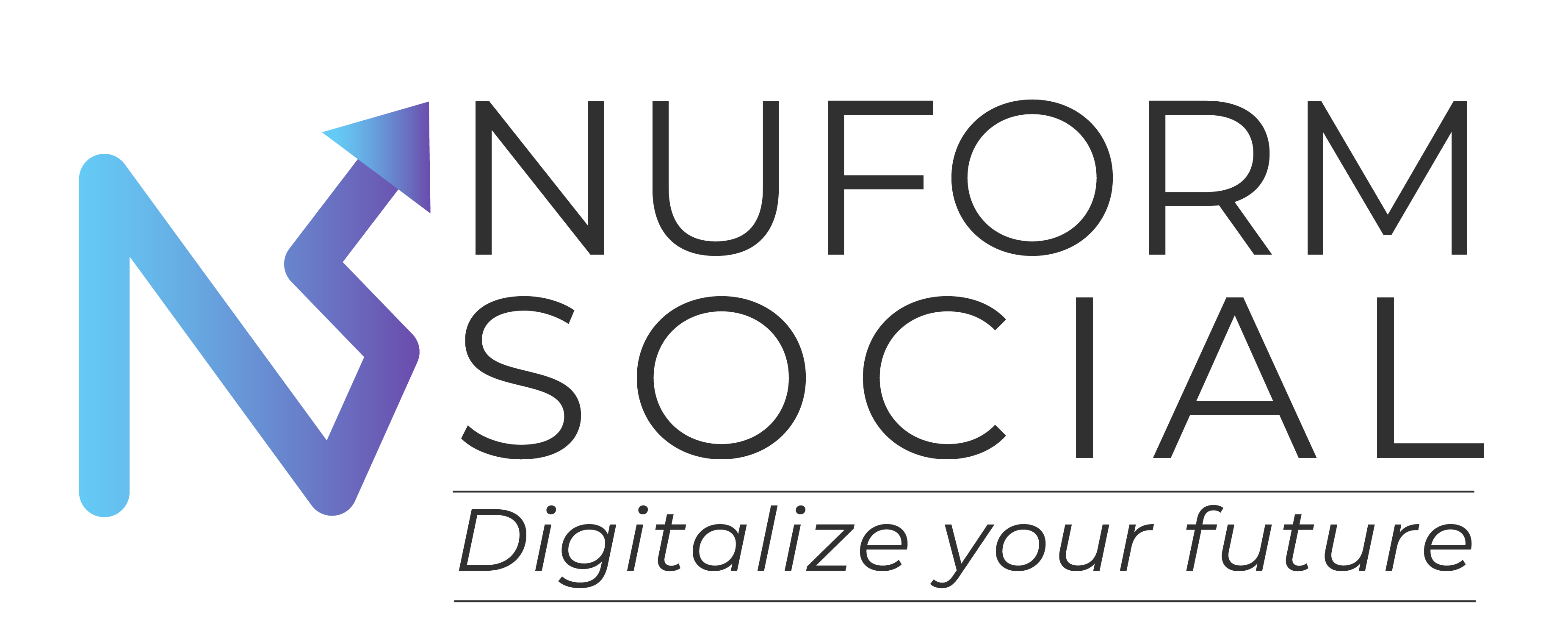Master Prompt Engineering: Get AI to Understand You Perfectly
Prompt engineering is the art of speaking AI’s language turning vague requests into clear, actionable instructions. Whether for ChatGPT, Claude, or Bard, mastering prompts means fewer mistakes, faster results, and smarter AI responses. It’s not about coding, it’s about clear communication that transforms AI from frustrating to magical.

By Nitin Banik
Ever Felt Like AI Just Doesn’t Get You?
Remember yelling at early voice assistants? You’d say, “Order pizza,” and somehow end up with pancake recipes and weather updates in Tokyo. Frustrating, right?
Fast forward to today AI is smarter, faster, and everywhere. Yet sometimes, it still feels like you’re talking past each other. You ask a chatbot for marketing ideas, and it gives you a Wikipedia article on “what is marketing.” Close, but not quite.
So, what’s the disconnect?
Welcome to the world of Prompt Engineering the art of speaking AI’s language so it actually listens and responds the way you want it to.
Prompt Engineering is the not-so-secret skill behind getting better answers from AI tools like ChatGPT, Claude, or Gemini. It’s all about AI prompt crafting, giving clear instructions to AI, and setting up the conversation for success.
Think of Prompt Engineering like giving directions: say “take a left,” not “go wherever you feel like.” When you engineer prompts with purpose, you get results that actually help more relevant content, faster answers, and fewer digital head-scratching moments.
If you’ve ever wondered why AI sometimes nails it and other times totally misses the mark, the secret often lies in how you ask. And that’s exactly what Prompt Engineering is designed to fix.
What Even Is Prompt Engineering?
Let’s keep it simple: Prompt engineering is about sending the clearest, most helpful message to AI so it knows exactly what you want.
Think of it like giving directions to a friend visiting your city for the first time. If you say, “Just head that way,” you’ll probably get a confused call five minutes later. But if you say, “Take the second left after the gas station, then the blue house on the right,” they’ll find you with no problem.
That’s prompt engineering in action.
When you use AI prompts to talk to chatbots, virtual assistants, or content generators like ChatGPT, Bard, or Jasper, the way you ask determines the quality of the answer. You’re guiding a powerful large language model (LLM) but it needs context, clarity, and purpose.
In fact, studies show that well-crafted prompts can improve AI accuracy by up to 25%. That’s a big leap just by tweaking your words.
Whether you’re asking a bot to write emails, brainstorm ideas, summarize documents, or build code, clear artificial intelligence instructions can mean the difference between magic and a mess.
From generative AI communication to LLM-based assistants, prompt engineering is the key that unlocks better, faster, and more useful results. It’s not about being technical it’s about being thoughtful.
So if you’ve ever blamed AI for a weird answer, maybe it’s time to check the prompt instead.
Why Should You Care About Getting AI Prompts Right?
We’ve all been there typing what we think is a clear question, only to get a response that feels like it came from another dimension.
Take Sally, for example. She asked her favorite AI tool to write a clever email inviting clients to a product launch. What she got? A robotic wall of text that read like a legal disclaimer. No charm, no punch just gobbledygook. Ten edits and a headache later, she gave up and wrote it herself.
This is where prompt engineering comes in.
Reducing AI Mistakes with Clear Prompts
When you give AI vague or open-ended instructions, you leave too much up to chance. By crafting clear AI prompts, you reduce errors, avoid irrelevant outputs, and steer the response toward your actual goals. Whether you’re working with ChatGPT, Bard, or Claude, clarity is the difference between brilliance and a botched result.
How Prompt Engineering Saves Time
Instead of rewriting AI output five times, you get what you need faster. This means fewer edits, less back-and-forth and more time for, well everything else. Businesses using prompt engineering strategies report noticeable improvements in content turnaround and quality especially in marketing and customer service workflows.
Getting the Most Out of ChatGPT, Bard, and More
Prompt engineering turns a basic user into a power user. With the right phrasing and a bit of structure, anyone can unlock the full potential of generative AI communication. You don’t need to be a tech wizard just a good communicator.
Industries from e-commerce to healthcare are now training teams on LLM prompting to improve everything from chatbots to internal documentation. When used right, AI becomes not just a tool but a true digital teammate.
The bottom line? Better prompts lead to better results. And that means less frustration, more creativity, and smarter work.
Simple Steps to Master Prompt Engineering (Even If You’re Not a Techie)
Let’s be real, AI is like a super-literal intern with unlimited brainpower. Brilliant, but only if you’re crystal clear about what you want. That’s where prompt engineering becomes your secret weapon.
Follow these simple steps to craft better prompts and unlock your AI tool’s full potential.
1. Start with a Clear Goal
Ask yourself: What do I actually want the AI to do?
Write a poem? Summarize an article? Generate social media ideas for dog shampoo? Be specific. The clearer the task, the better the output.
Prompt engineering tip:
If you’re unsure of the goal, AI definitely will be.
2. Be Specific (and Kind of Bossy)
Think of your AI as an over-eager assistant. If you say “Make a blog post,” it might give you five titles instead. But if you say, “Write a 500-word blog post for beginners explaining how 301 redirects work, in a friendly tone,” boom. Much better.
This is clear communication with AI tools in action.
3. Break Big Jobs into Small Chunks
Don’t ask it to “build a website and write a book about AI.” That’s like telling someone to clean the whole house where do they start?
Instead:
- Step 1: “Write an outline for a 5-page site.”
- Step 2: “Now write the About page in a professional tone.”
This is key to mastering prompt structure for AI.
4. Add Context Like You’re Training a Robot
Let’s say you want AI to write a sales email. It helps to include:
- Who the email is for
- What you’re selling
- Your company voice (fun? formal? weirdly poetic?)
This helps optimize AI instructions and reduces awkward results.
5. Don’t Expect Magic on Try #1
Feedback is gold. If the first output is “meh,” tweak your prompt. Add or subtract details. Say what didn’t work.
If your AI prompt was a grocery list, would your assistant come back with dinner ingredients… or just 42 bananas? That’s the difference between vague and specific.
Prompt Examples: Good vs. Bad
Bad Prompt | Better Prompt |
Write an article about SEO. | Write a 500-word article explaining SEO basics to small business owners in a friendly tone. |
Make me something funny. | Write a 2-line joke about AI and coffee addiction for a tech Twitter audience. |
Mastering prompt engineering isn’t rocket science, it’s just learning how to ask better questions. And once you do, AI stops being clunky and starts being magical.
Common Prompt Engineering Mistakes (and How to Dodge Them)
Even the best of us have stumbled when talking to AI. If you’ve ever stared at a weird response thinking, “What even is this?” chances are, the prompt was the problem. Here are a few common blunders and how to fix them:
Too Vague
Mistake: “Write something cool.”
Result: “Ice is cold!”
Fix: Be specific. Say “Write a funny 2-line poem about remote work struggles.”
Vague prompts lead to AI confusion and strange answers.
Asking Too Much at Once
Mistake: “Build a website, write five blogs, make a pitch deck, and do my taxes.”
Fix: Break it down. One clear task at a time = better, cleaner results.
Forgetting Context
Mistake: “Summarize this email.” (No email attached.)
Fix: Always include enough info. Debugging prompts starts with checking what AI knows and doesn’t.
Quick Tips to Improve AI Answers:
Start with the outcome you want.
Include who it’s for and the tone.
Review and tweak, it’s a conversation, not a one-shot deal.
Avoid these pitfalls, and you’ll go from prompt frustration to prompt pro in no time.
FAQ: Let’s Make Prompt Engineering Less Mysterious
Does prompt engineering work for all AI tools?
Yes! Whether you’re using ChatGPT, Bard, Claude, or even AI design and code tools, prompt engineering helps you get clearer, more accurate results. It’s about improving AI answers, regardless of the platform.
What’s the best way to learn prompt engineering?
Start small. Play with everyday tasks like writing emails, summaries, or lists. There are also free resources and communities focused on learning prompt engineering for LLMs (large language models). Practice is your best teacher.
Can non-techies get good at prompt engineering?
Absolutely. You don’t need to be a developer, just someone who knows how to explain things clearly. If you can give good directions, you can master AI prompt crafting. It’s about clear communication, not code.
How does prompt engineering help in real life?
It saves time, reduces editing, and boosts productivity. From writing blog posts to generating reports, prompt engineering makes AI a reliable assistant in everyday tasks
What’s the weirdest result you’ve seen from a bad prompt?
Someone asked, “Write something cool,” and the AI responded: “Ice is cold.” Proof that vague prompts can lead to hilariously literal answers.
Become the AI Whisperer Your Next Steps in Prompt Engineering
Let’s be real: the better you prompt, the better AI gets at helping you. That’s the magic of prompt engineering it turns vague tech into a responsive sidekick that actually gets what you need.
Whether you’re writing emails, generating content, brainstorming ideas, or just having fun, strong clear AI communication can completely change your experience. No more weird replies or AI confusion just smarter, sharper AI results.
So what’s next?
Try crafting a prompt using today’s tips and share your funniest or most surprising outcome in the comments. We’ve all had that “Wait, what?” moment with a bot, now’s your time to improve it.

